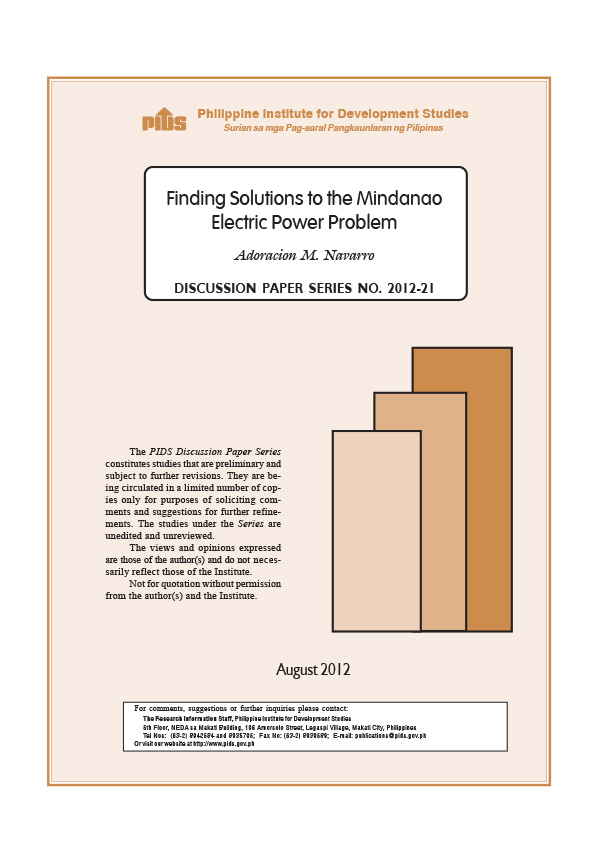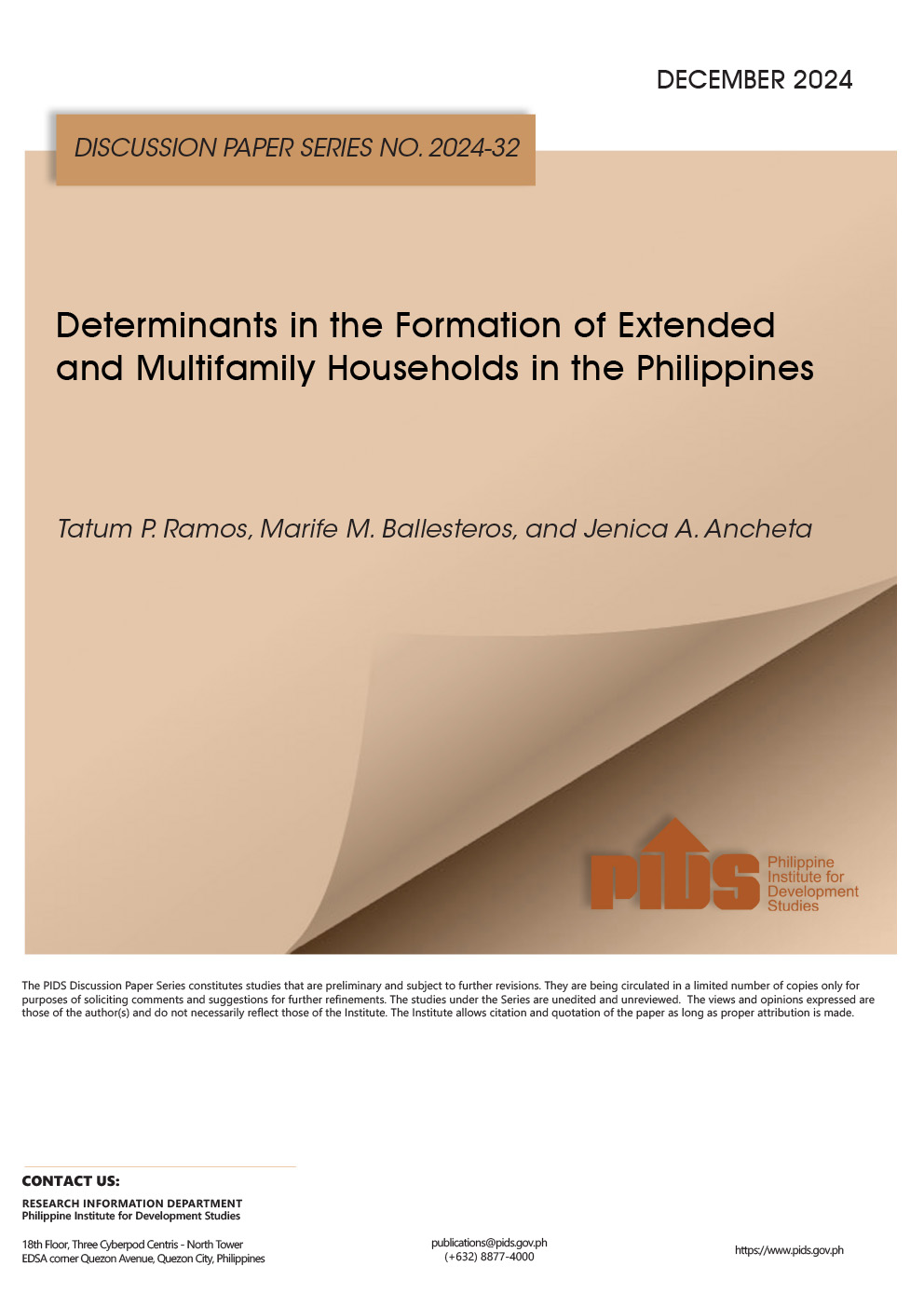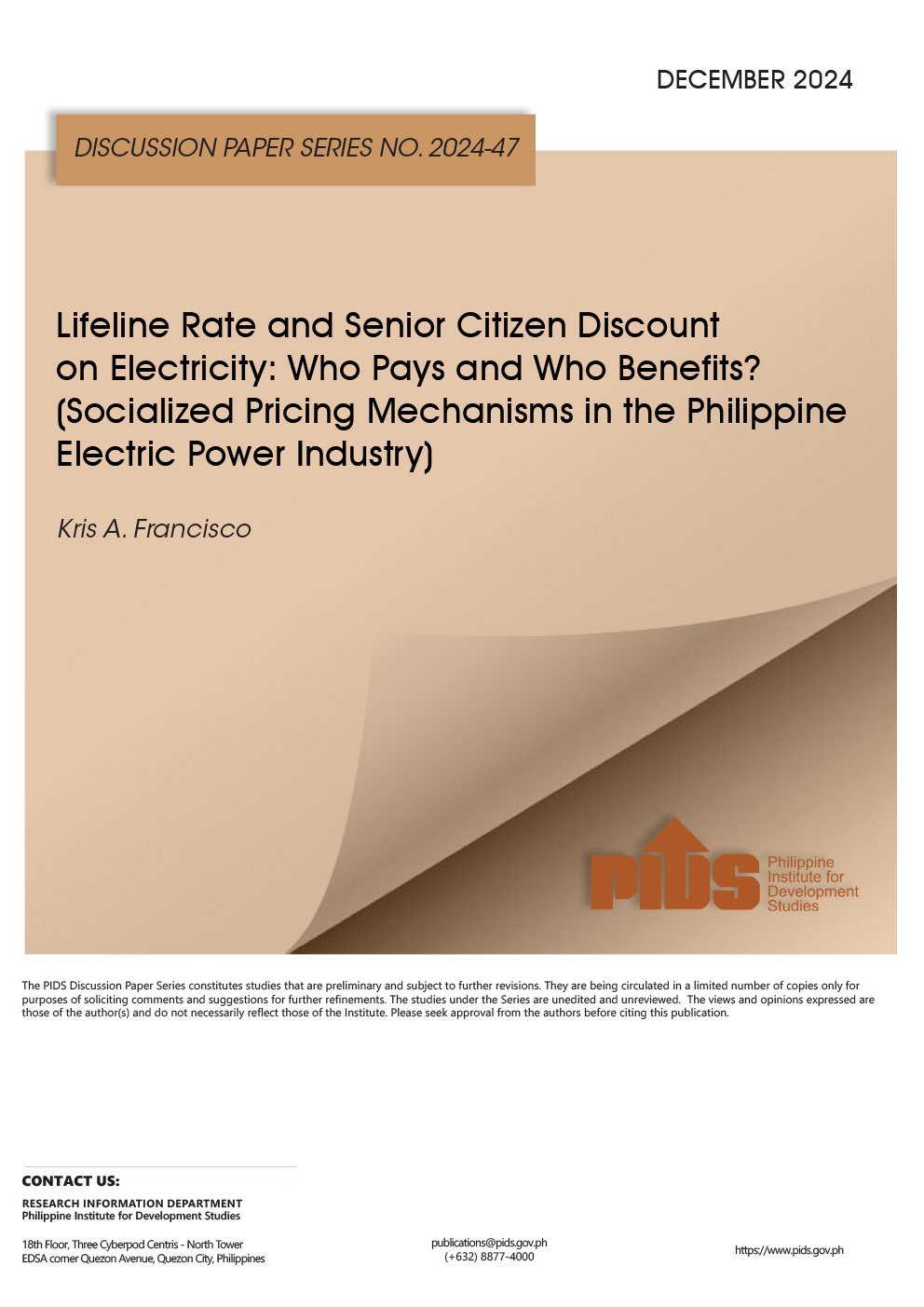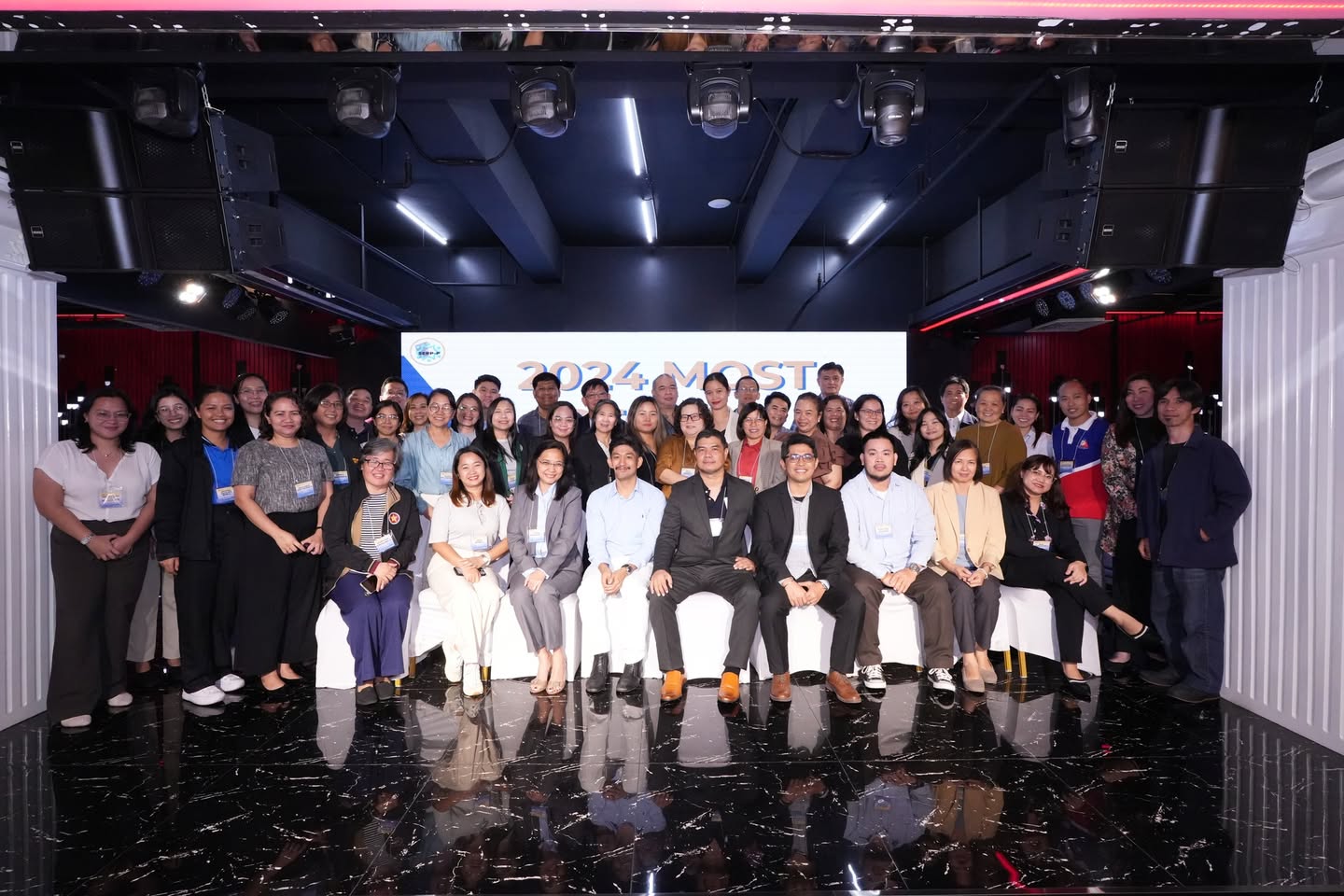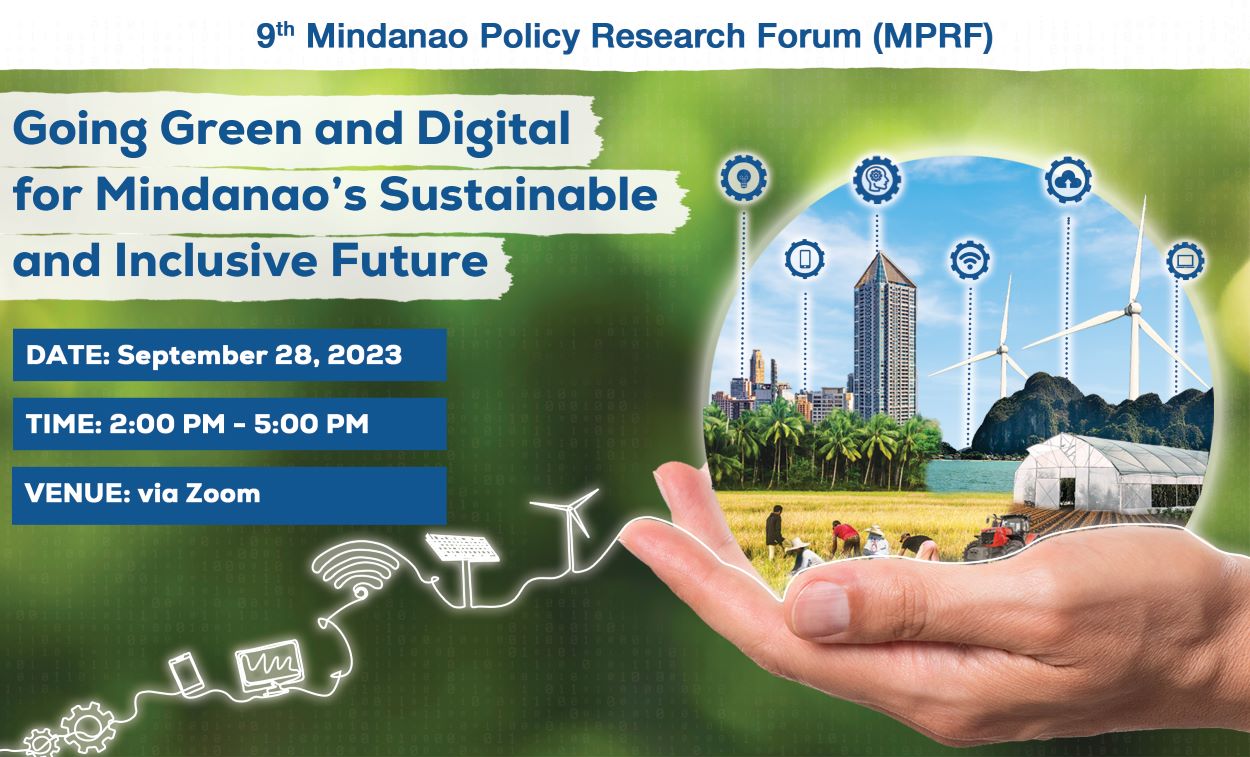The Mindanao electric power problem, which led to a crisis situation in summer 2012, is primarily due to inadequate baseload capacity and unbalanced generation capacity mix. The crisis might stage a comeback when the days of relatively cooler weather and heavier rainfall are over and the annual system peaks, which can be expected in summer 2013, kick in once again. The short-term recommended actions are as follows: continue the rehabilitation and sustain the operations of Agus and Pulangui hydropower complexes; minimize the bureaucratic hurdles in the building up of electric cooperatives` embedded generation capacities but only up to the extent allowed by law; undertake a more aggressive information, education, and communication campaign in Mindanao regarding the power situation and power outlook; and address the risk aversion problem in baseload power contracting.
In the medium to long term, the possible policy responses include the following: decide with finality the fate of the privatization of Agus and Pulangui hydropower complexes and include the concession option in the range of options; facilitate the entry of new baseload capacity commitments and if no new investments would come in, the government could also explore a concession arrangement; accelerate the development of renewable energy projects through quick action in rules setting; strengthen the capacity of the regulator to deal with complex issues in the electric power industry; and pursue the interconnection of the Visayas and Mindanao power grids.

